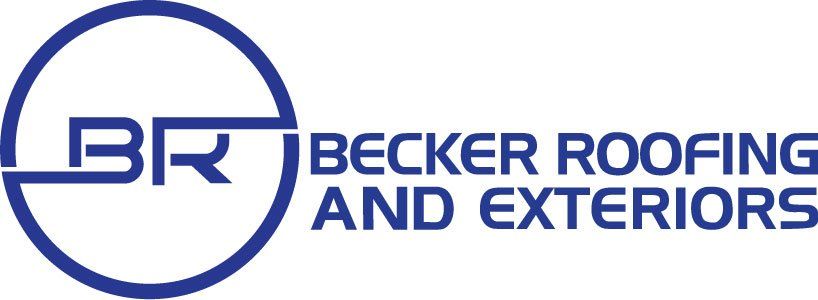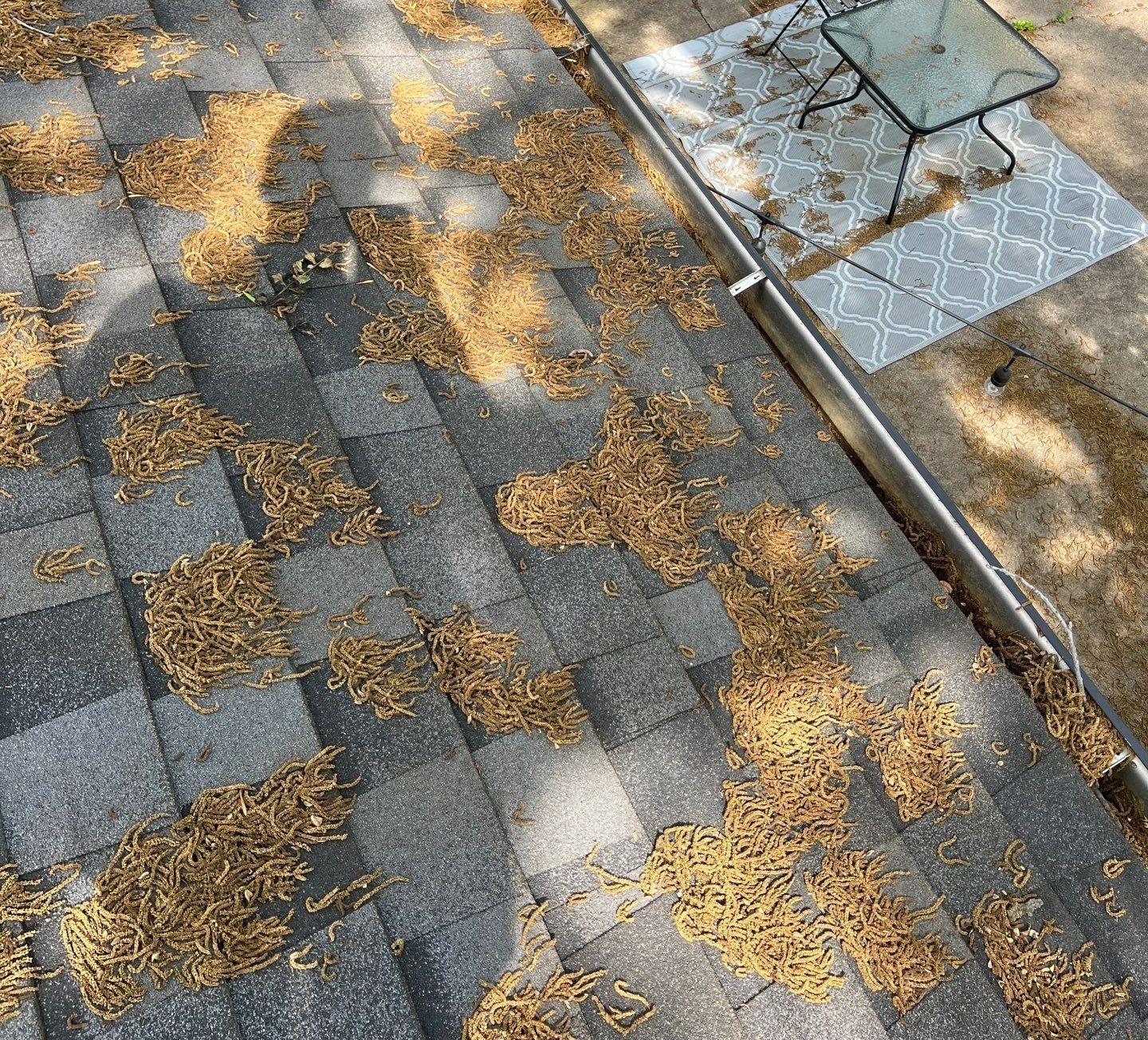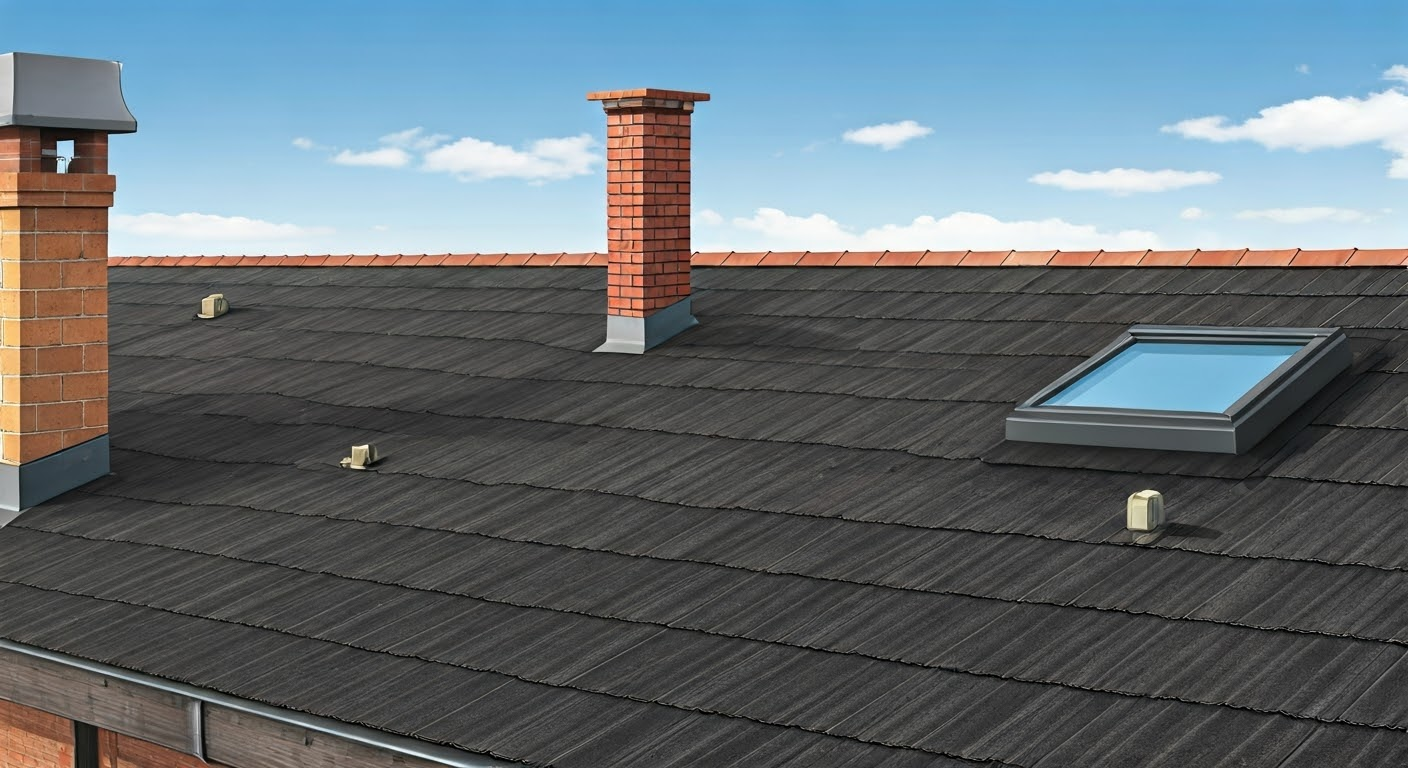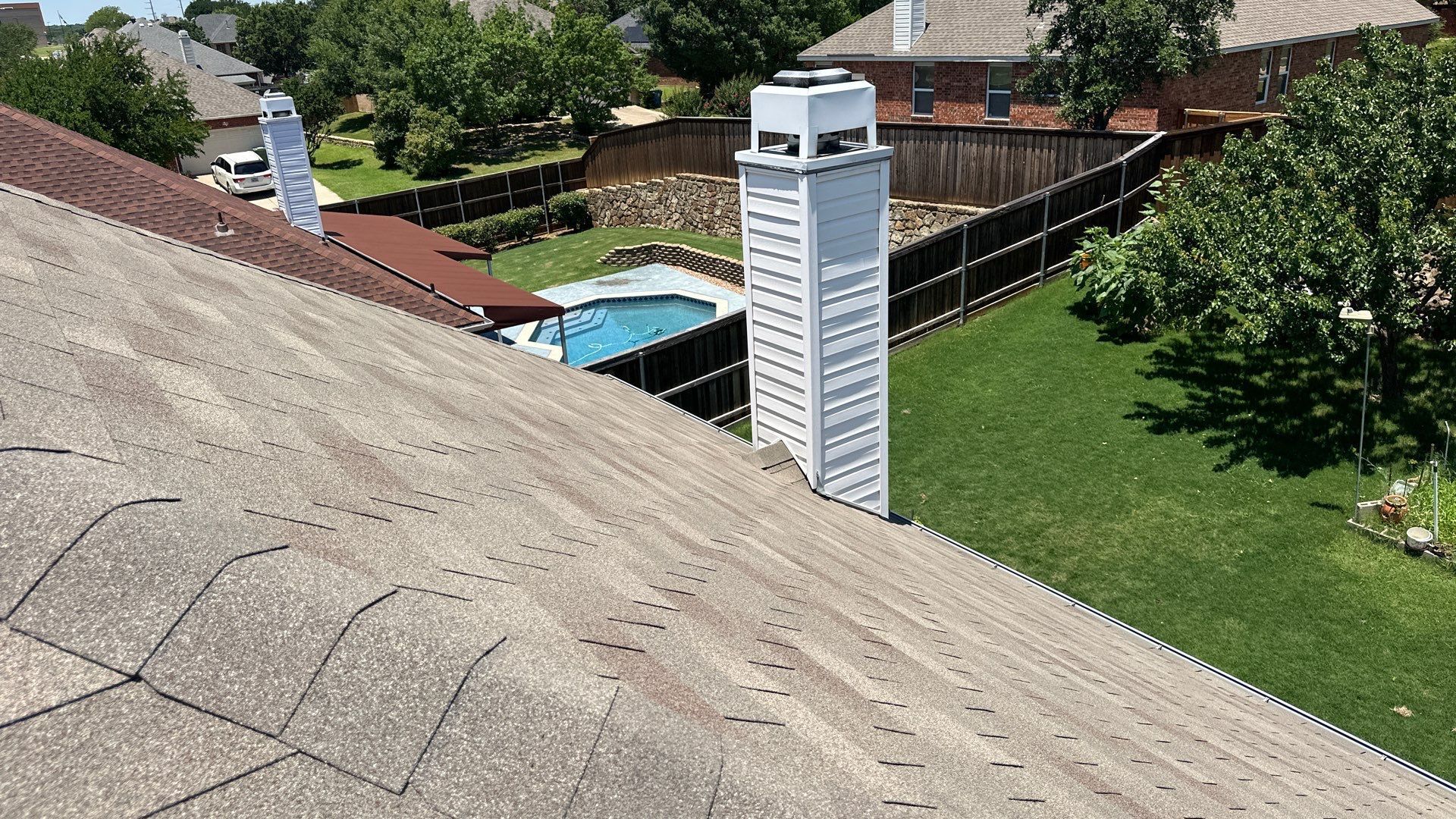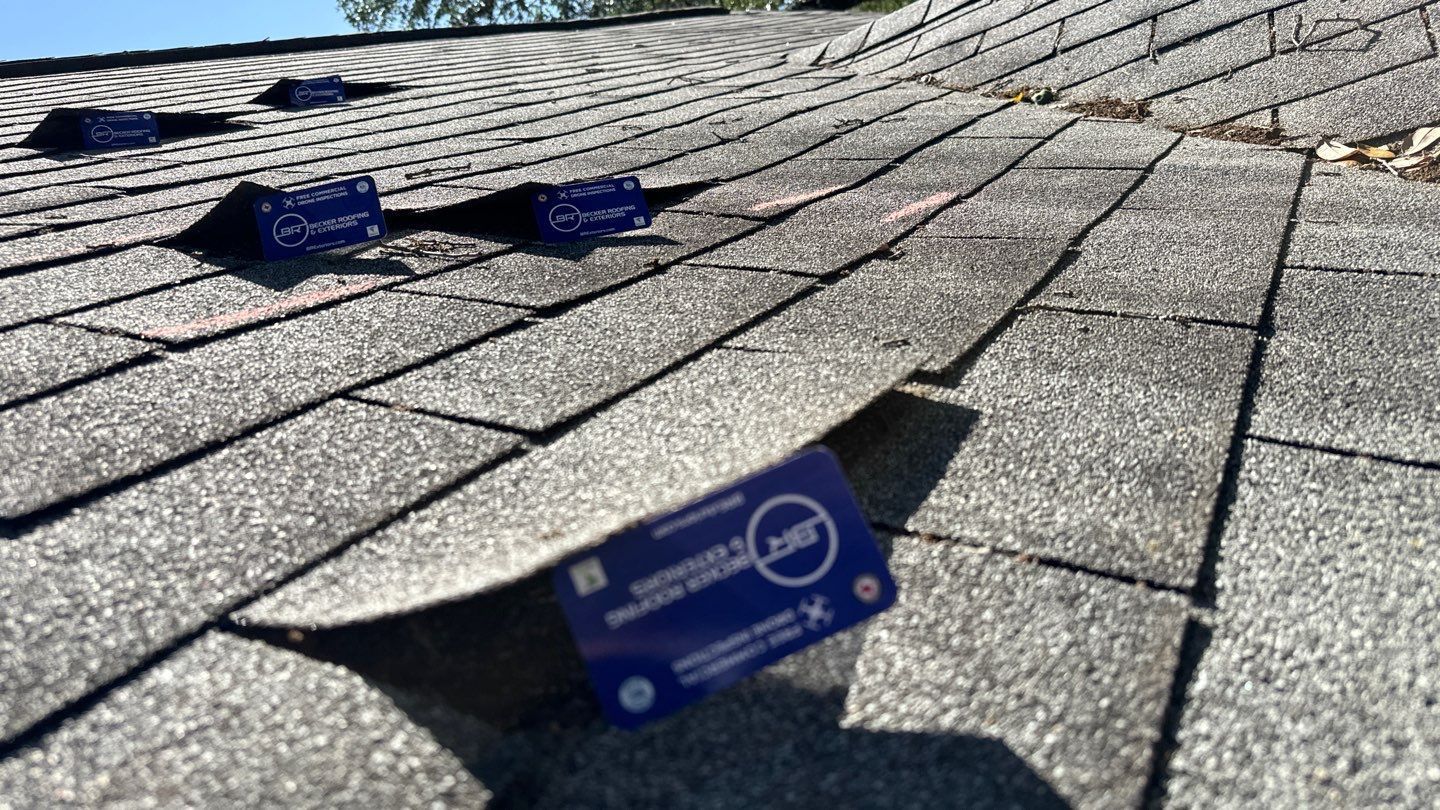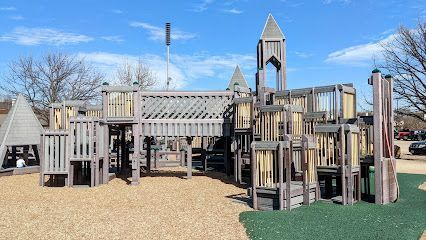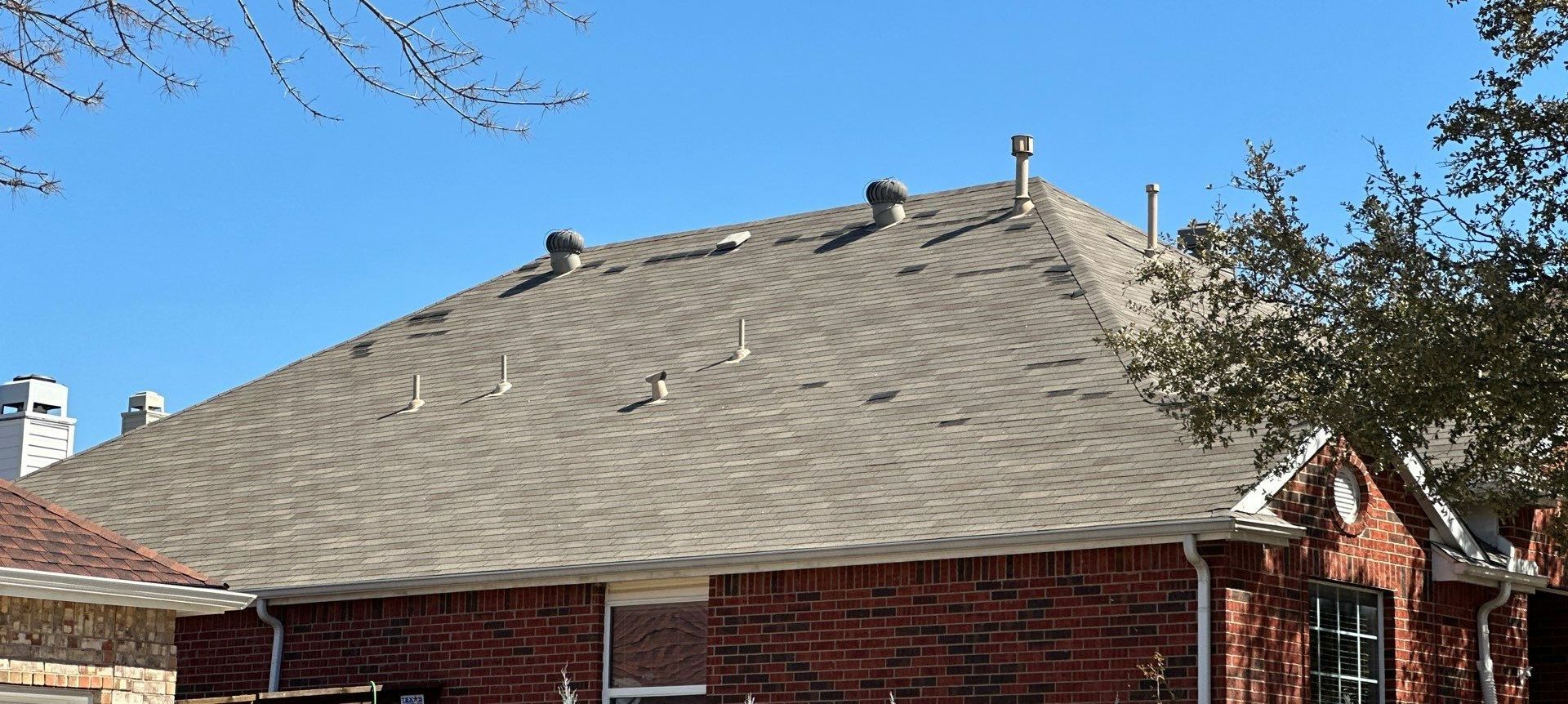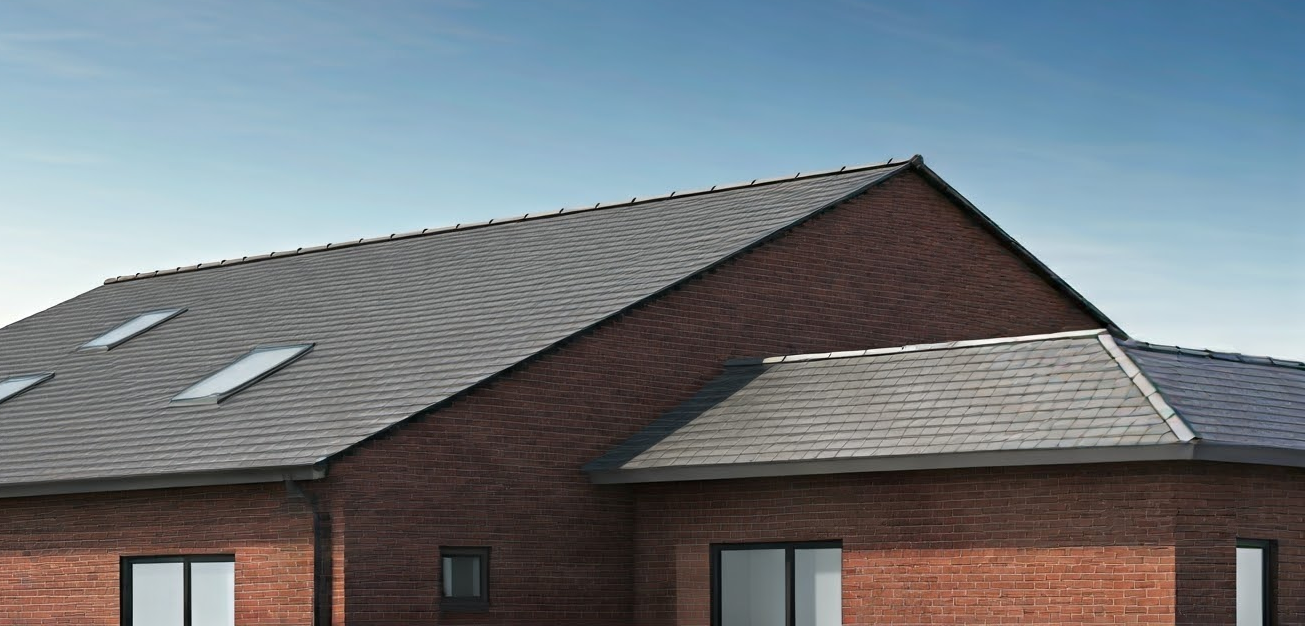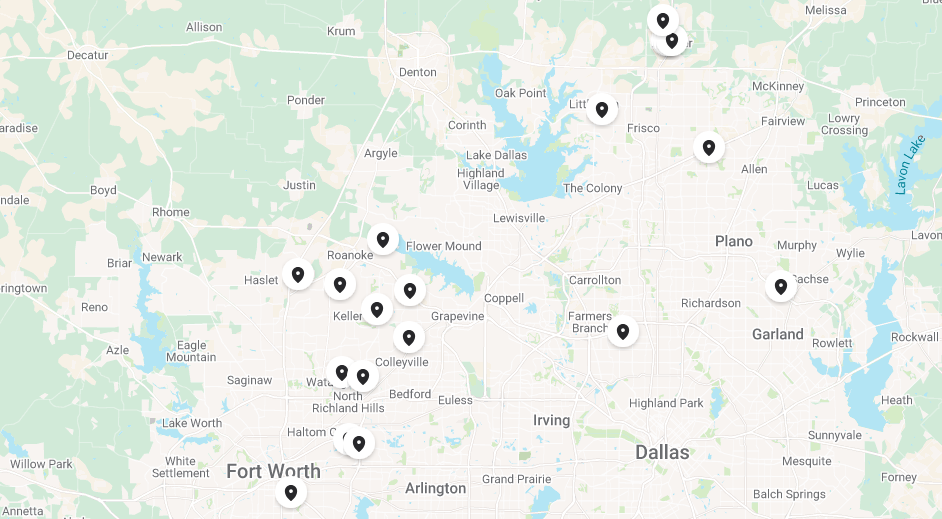Fort Worth Roof Replacement: The Essential Guide to Attic Ventilation
This is a subtitle for your new post
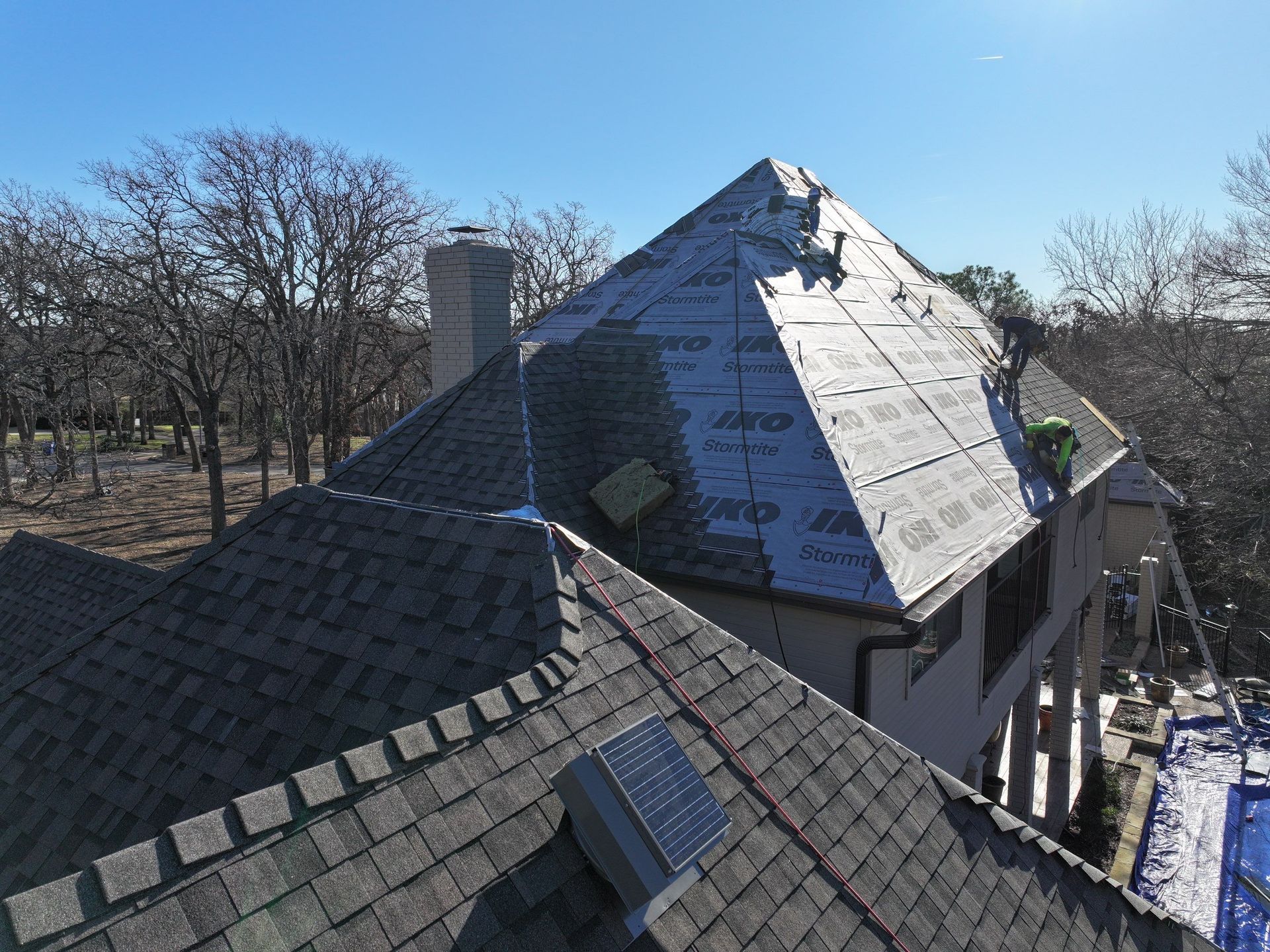
Fort Worth Roof Replacement: The Essential Guide to Attic Ventilation
When it comes to ‘Fort Worth roof replacement,’ local homeowners need to consider our extreme weather conditions. This guide cuts through the clutter to give you straightforward information on finding reliable roofing services, assessing costs, and making choices that stand the test of time in Fort Worth’s climate. We’re here to help you navigate your roof replacement journey with confidence.
Top Attic Ventilation Products for Your Fort Worth Home
As homeowners in the heart of Texas, we’ve been through the journey of finding the best attic ventilation products that stand up to our unique climate. After extensive research and testing, we’ve narrowed down some top-notch solutions that tick all the boxes for energy efficiency, durability, and cost-effectiveness. Here are our recommendations:
- Best Solar-Powered Solution: The Attic Depot’s Solar Attic Fans
- Most Efficient Ridge Vent: GAF Cobra Rigid Vent 3
- Best Thermostat-Controlled Vent: GAF Master Flow Power Attic Vents
- Best Wind-Driven Vent: Lomanco Whirlybirds
- Top Choice for Ridge Ventilation: Air Vent ShingleVent II
- Best Static Vent: Air Vent Roof Louvers
Best Solar-Powered Solution: The Attic Depot's Solar Attic Fans
Price: Varies based on model Specifications:
- Powered by solar energy
- Built with robust materials
Pros:
- Prevents heat buildup
- Reduces energy costs
- Minimizes moisture accumulation
Cons:
- Performance can vary based on sunlight availability
Our search led us to The Attic Depot’s Solar Attic Fans, a remarkable solar-powered solution. They mitigate the Texas heat significantly by preventing extreme attic temperatures, thus reducing the load on our air conditioners. Operating entirely on solar power, these fans present an eco-friendly and cost-efficient option. Bear in mind, their performance might be slightly compromised on cloudy days due to less sunlight. Regardless, it’s a worthy investment, particularly for those looking to go green.
Rating:
- Energy Efficiency: 5/5
- Durability: 4/5
- Cost-Efficiency: 4/5
Most Efficient Ridge Vent: GAF Cobra Rigid Vent 3
Price: Varies based on model
Specifications:
- 18 square inches of net free ventilating area per linear foot
- Compatible with both 12-inch and 10-inch ridge cap shingles
- Fits roofs with a slope from 3:12 to 16:12
Pros:
- Efficient air circulation
- Easy installation
- Withstands various weather conditions
Cons:
- Damaged roof visible; consider a free roof inspection
The GAF Cobra Rigid Vent 3 caught our attention as the most efficient ridge vent. It’s been a breeze to install, thanks to its EasyTear™ Sizing design. We were impressed by its high-performance in circulating air in our attic. One minor drawback is its visibility on the roof, but its effectiveness makes up for it.
Rating:
- Efficiency: 5/5
- Installation: 4.5/5
- Aesthetics: 3.5/5
Best Thermostat-Controlled Vent: GAF Master Flow Power Attic Vents
Price: Varies based on model
Specifications:
- Equipped with an adjustable thermostat
- High-efficiency PSC motor design
Pros:
- Automated temperature control
- High ventilation capacity
- Sleek appearance
Cons:
- Requires an electrical power source
We were drawn to the GAF Master Flow Power Attic Vents for their features:
- Thermostat-controlled ventilation
- Automatic temperature control, especially during sweltering summer days
- Blends well with the roof’s aesthetic, adding to the home’s curb appeal
Keep in mind that you will need an electrical power source to utilize the thermostat control.
Rating:
- Efficiency: 4/5
- Convenience: 4.5/5
- Aesthetics: 4.5/5
Best Wind-Driven Vent: Lomanco Whirlybirds
Price: Varies based on model
Specifications:
- Wind-driven design
- Non-intrusive appearance
Pros:
- No energy costs
- Silent operation
- Maintenance-free
Cons:
- Performance dependent on wind
The Lomanco Whirlybirds offer a cost-effective, wind-driven solution for attic ventilation. Being free of energy costs and noise, they’ve made a noticeable difference in our attic’s temperature. The caveat is that their performance is contingent upon sufficient wind. However, if you’re in a windy area like ours, this is a solid choice.
Rating:
- Efficiency: 3.5/5
- Value for Money: 4.5/5
- Maintenance: 5/5
Top Choice for Ridge Ventilation: Air Vent ShingleVent II
Price: Varies based on model
Specifications:
- Blends with the roof’s shingles
- High airflow capacity
Pros:
- Discreet appearance
- Efficient ventilation
Cons:
- More visible than some alternative options
The Air Vent ShingleVent II emerged as our top choice for ridge ventilation. Here are some reasons why:
- Its discreet appearance blends seamlessly with our roof’s shingles
- It provides efficient ventilation
- Despite being more visible than some other options, its functionality makes it worth considering.
Rating:
- Efficiency: 4.5/5
- Aesthetics: 4/5
- Installation: 4/5
Best Static Vent: Air Vent Roof Louvers
Price: Varies based on model
Specifications:
- Static vent design
Pros:
- Cost-effective
- Durable
Cons:
- May require multiple units for larger commercial roofing projects, especially with flat roofs during a roofing project like roof installation or roof replacement
When it comes to static vents, the Air Vent Roof Louvers make the cut. They are a cost-effective solution for efficient attic ventilation. These vents are durable and stand up well to the Texas weather. One thing to keep in mind is that you may need multiple units if you have a larger roof. All in all, a solid choice for static ventilation.
Rating:
- Efficiency: 4/5
- Value for Money: 4.5/5
- Installation: 4/5
Choosing the Right Ventilation for Your Roof
Choosing the right roof system and ventilation can seem like a daunting task. One size doesn’t fit all, and the best system for your roof depends on a variety of factors. The local climate plays a significant role, as different weather conditions present unique challenges for maintaining an optimal attic environment. The design of your roof also affects your choice of ventilation system, as it needs to balance exhaust and intake vents for efficient air circulation.
Professional assessments should be a key consideration when selecting your ventilation system. These assessments take into account the home’s unique design, climate, and insulation, ensuring that the installed ventilation system delivers optimal performance. Remember, a well-balanced attic ventilation system not only prolongs the life of your roof but also reduces cooling costs and enhances home comfort levels.
Recognizing Signs of Poor Attic Ventilation
Recognizing the signs of poor attic ventilation before they escalate into serious issues is a vital responsibility for homeowners, as it is an essential aspect of roof maintenance and can help prevent the need for roof repairs. Keep an eye out for physical signs such as:
- cracked or curling shingles
- roof sagging
- peeling paint
- discoloration of the decking
These indicators suggest that your attic’s ventilation system isn’t doing its job effectively.
Inside the home, if you notice a humid or damp attic, excessively hot upstairs rooms, or winter condensation causing swelling or buckling of the roof deck, these could be red flags pointing to inadequate attic ventilation. Poor attic ventilation can also lead to other problems such as mold and algae growth, termite or other animal infestations, and obstructed vents due to covered insulation.
Exploring Tax Rebates and Energy Efficiency
Being homeowners, we naturally seek ways to economize and enhance our homes’ energy efficiency. That’s when we discovered the benefits of solar-powered ventilation systems. Not only do they contribute to significant energy savings, but they may also qualify for federal tax incentives due to their energy-efficient features.
The Residential Clean Energy Credit has been increased to 30% and extended through 2032 for homeowners investing in renewable energy technologies like solar attic fans. Plus, in Texas, homeowners are eligible for a 30% federal tax credit for clean electricity products, and may also benefit from additional incentives provided by local utilities and municipalities. So, if you’re considering a solar-powered ventilation system, it’s a great time to make the switch and save on costs while contributing to a greener environment.
The Lasting Impact of Proper Ventilation
The lasting impact of proper attic ventilation on the lifespan of your roof and your home’s overall comfort levels presents a compelling reason to ensure it’s properly managed. Proper ventilation protects your roofing materials from excessive heat, preventing premature deterioration, and extends the lifespan of your roof. Year-round, proper ventilation creates cooler attics in summer and drier attics in winter, protecting materials and structure from damage.
In addition to prolonging your roof’s life, a well-designed attic ventilation system also reduces cooling costs. By allowing your air conditioner to work more efficiently and last longer, you’ll notice a significant difference in your energy bills.
Maintaining home comfort levels is yet another benefit of proper attic ventilation. Efficient ventilation mitigates heat transfer to living spaces and prevents hot and cool spots, achieving a uniform temperature within your home. So, investing in the right ventilation system is not only good for your roof but also for your pocket and comfort!
A Spotlight on Becker Roofing and Exteriors
Our quest for the ideal attic ventilation solution led us to Becker Roofing and Exteriors, the best roofing company in Fort Worth TX. Recognized as the #1 Fort Worth Roofing Company, they offer professional roofing services such as roof repair, restoration, and replacement for both residential and commercial properties. As one of the top roofing companies in the area, they have earned a reputation for their expertise and commitment to customer satisfaction, making them a reliable roofing contractor.
What sets Becker Roofing and Exteriors apart is their commitment to customer satisfaction. They prioritize:
- Detailed consultations and inspections tailored to client needs
- Robust communication and transparency
- Extending their engagement through social media platforms like Facebook
With Becker Roofing and Exteriors, you’re not just getting commercial roofing services; you’re joining a community.
Visualizing Ventilation - A Gallery of Solutions
To wrap up our exploration of attic ventilation solutions, we’ve compiled a gallery to help you visualize the various options. From exhaust vents that facilitate the release of hot air from attics, to ridge vents that allow for the continuous expulsion of attic hot air, each solution has its unique advantages and considerations.
Summary
In conclusion, proper attic ventilation is crucial for maintaining an optimal environment in your Fort Worth home. The right ventilation system can prolong the life of your roof, reduce energy costs, and enhance overall home comfort levels. We’ve explored a variety of top products, from solar-powered attic fans to wind-driven vents, each with its unique features and benefits. Remember, the best attic ventilation solution for your home depends on various factors, including your local climate, roof design, and professional assessments. With the right system in place, you can enjoy a cooler, drier attic, lower energy bills, and a more comfortable home.
Frequently Asked Questions
How much does a new roof cost in DFW?
A new roof in DFW can cost between $6,000 and $20,000, with the average being around $12,000 for a 2,000 sq. ft. shingle roof. It varies based on materials, roof size, shape, and labor costs in the area.
How to fix a roof on a budget?
You can save money by considering an overlay, where new shingles are installed over the existing ones, requiring fewer materials and labor. This option gives your roof a facelift while being a budget-friendly alternative to a full replacement.
Can I add more vents to my existing vents?
When adding additional vents to your existing attic it is generally suggested to terminate or close off airflow to vents in close proximity of the new type of attic vents being installed. Not doing so can cause short circuit between the two vents.
What is the importance of proper attic ventilation?
Proper attic ventilation is crucial for maintaining an optimal environment, preventing heat damage, reducing energy bills, and enhancing overall home comfort levels. It also helps prolong the life of your roof and HVAC system.
How do I choose the right ventilation system for my roof?
To choose the right ventilation system for your roof, consider your local climate, roof design, and seek professional assessments for a well-balanced attic ventilation system with exhaust and intake vents for natural airflow and energy efficiency.
